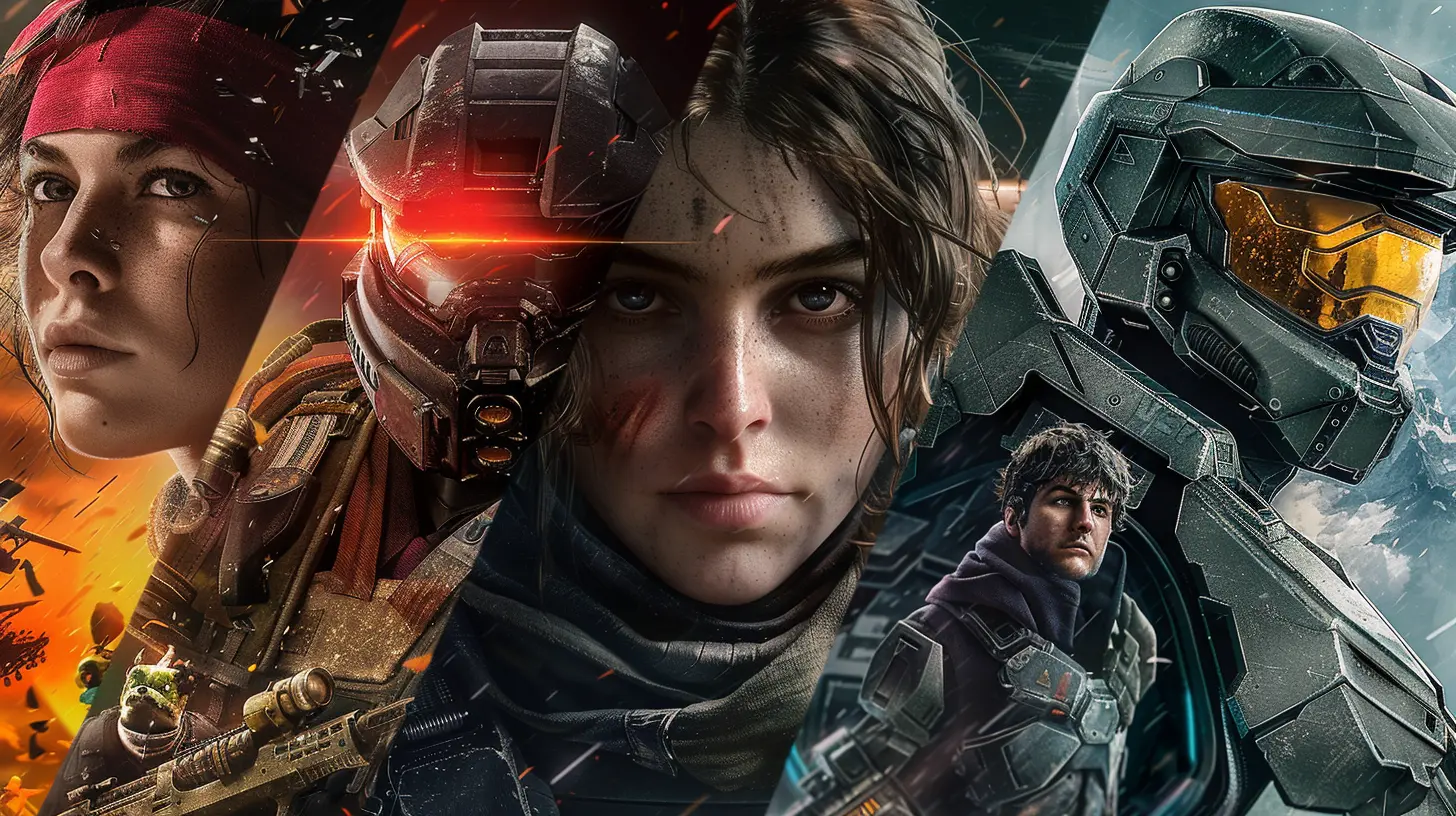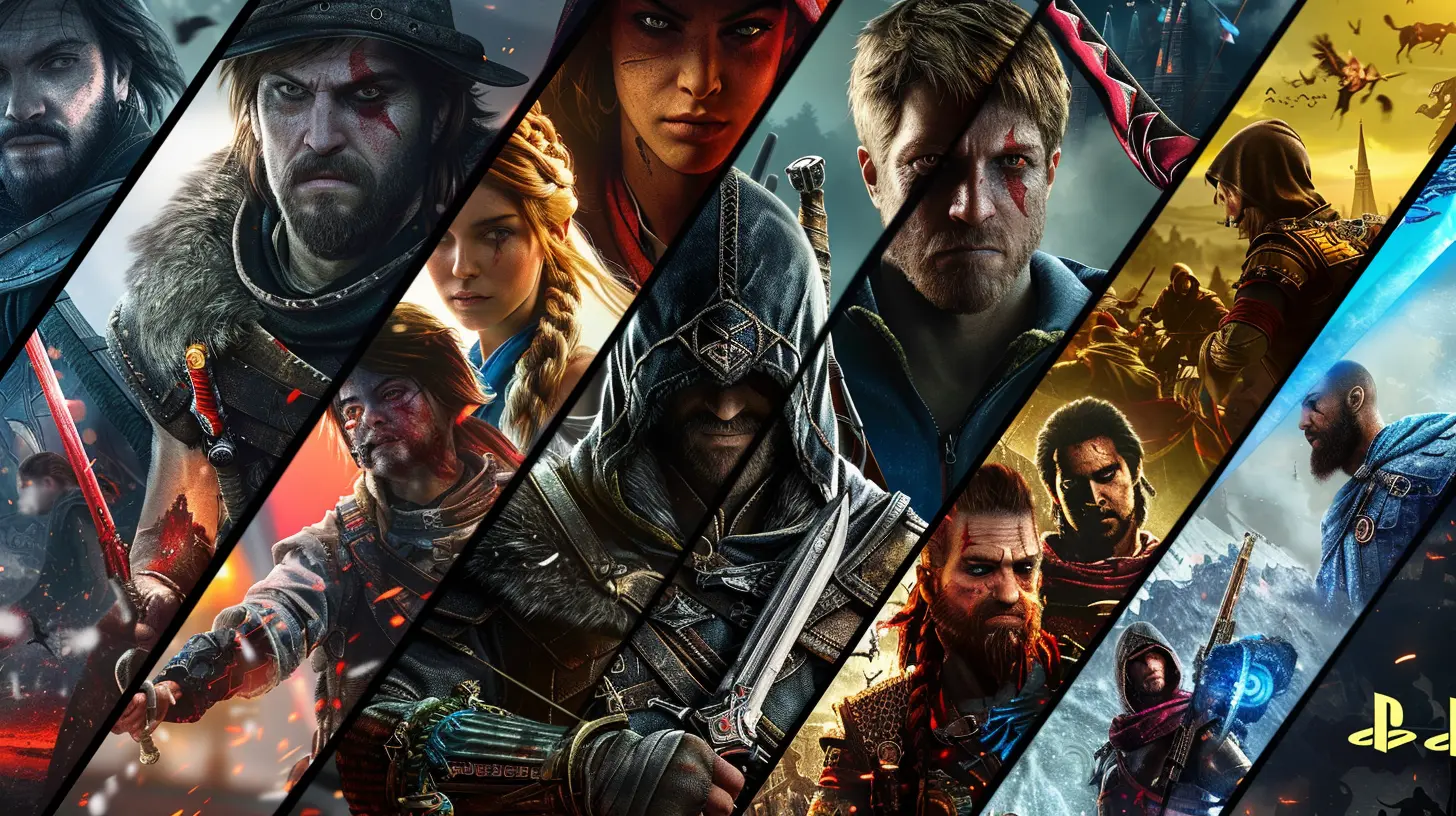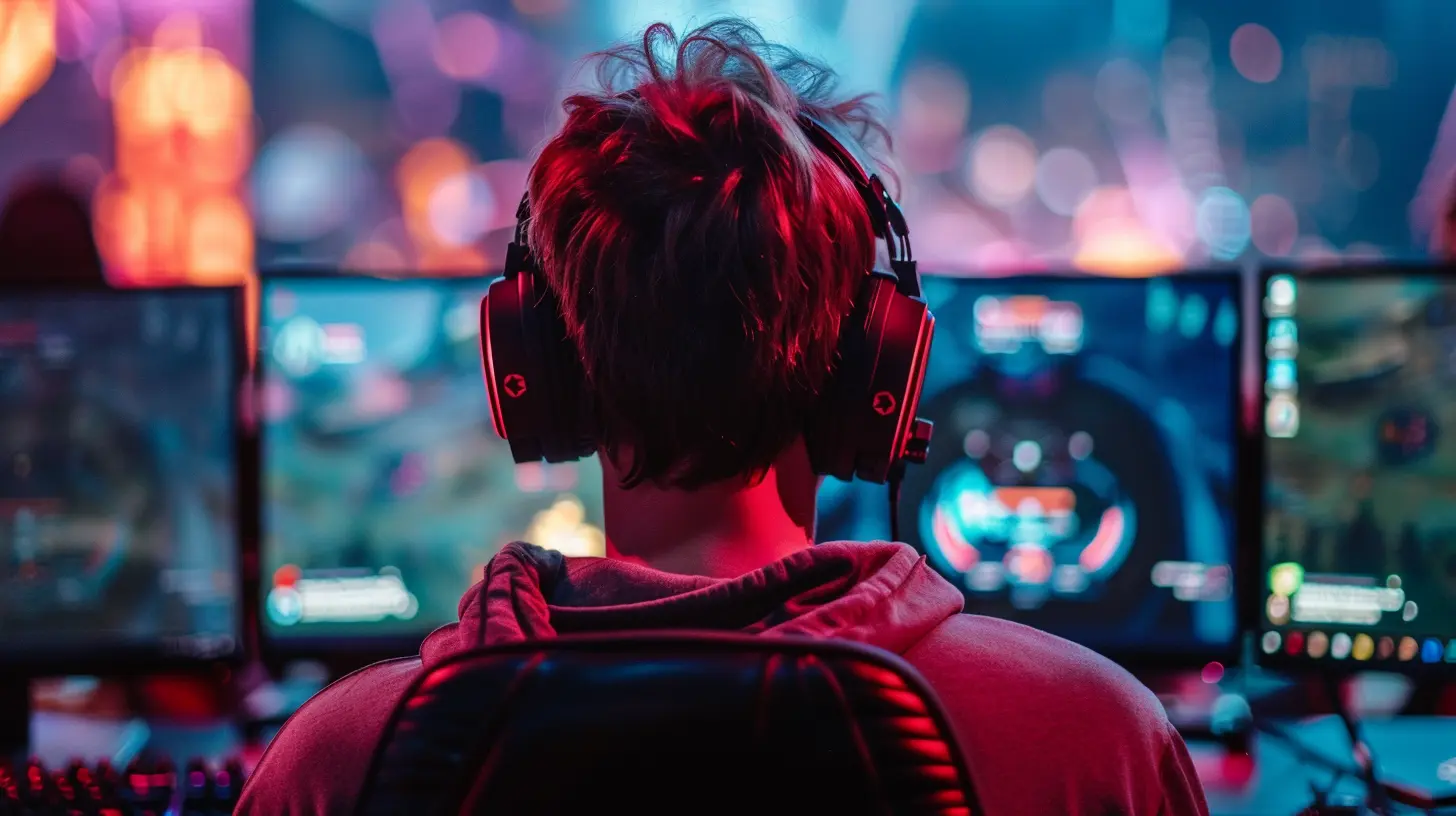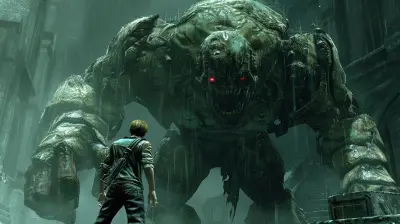The Role of DLC in Competitive Gaming
25 November 2025
Ah, DLC–the beloved (or sometimes loathed) three-letter acronym in the gaming world that stands for “downloadable content.” In the realm of gaming, DLC can be as divisive as pineapple on pizza. Gamers either see it as a worthy upgrade or a sneaky cash grab. But when you throw DLC into the high-stakes world of competitive gaming, things can get... complicated. It’s kind of like adding hot sauce to your meal—you might love the extra kick, but sometimes it ruins the whole dish.
So buckle up, grab a snack, and let’s dive into the quirky, maddening, and surprisingly influential role of DLC in competitive gaming. Spoiler alert: It’s not all bad, but it’s not always great either.
What Exactly Is DLC?
Before we dive head-first into esports arenas and salty gamer rants, let’s clarify what DLC actually is. Downloadable content is additional material released by game developers after the main game has hit the shelves (or digital stores—because, honestly, who’s buying physical copies anymore?). DLC can range from cosmetic skins and new maps to game-changing characters or overpowered weapons.Here’s the kicker: you typically have to pay for it. Think of DLC like the extra guac at Chipotle—technically optional, but if you don’t get it, you feel like you’re missing out.
Competitive Gaming and DLC: A Match Made in Heaven or a Recipe for Chaos?
Competitive gaming has exploded in recent years, with esports tournaments filling up arenas and Twitch streams breaking viewer records. But bringing DLC into the mix? It’s like shaking up a carbonated can—you’re either going to get refreshing innovation or an absolute mess.1. The Good: DLC Keeps Games Fresh and Exciting
Let’s face it: no one wants to play the same game forever. DLC can breathe new life into competitive gaming by introducing new maps, modes, or even characters. For instance, games like Super Smash Bros. and Overwatch have used DLC to keep their competitive scenes alive and thriving.Imagine watching the same esports match over and over again. Yawn, right? By rolling out new DLC content, game developers keep both players and audiences on their toes. A new map or character can flip the meta (aka the “most effective tactics available”) on its head, forcing players to adapt their strategies. It’s like tossing a curveball into an otherwise predictable baseball game.
But hey, not all DLC is created equal. And that brings us to…
2. The Bad: Pay-to-Win Nightmares
Let’s get one thing straight: there’s a fine line between “optional bonus content” and “straight-up bribery.” In competitive gaming, fairness is everything. If DLC offers game-breaking advantages for those willing to shell out extra cash, it’s like handing one competitor a Formula 1 car and the other a tricycle.Case in point: Star Wars Battlefront II (yes, I’m dragging it back into the spotlight). The game initially had DLC and microtransactions that let players unlock stronger characters faster if they paid extra. Naturally, the gaming community revolted faster than you can say, “That’s not fair!” Nobody wants a competitive game to feel like a rich-kid-only club.
3. The Ugly: Fragmenting the Player Base
DLC sometimes unintentionally divides the gaming community. Picture this: a new DLC map drops, but only half the players buy it. Suddenly, matchmaking becomes a nightmare because you’ve split the player base in two. It’s like hosting a party where some guests get to hang out in the VIP lounge while others are stuck by the snack table.Competitive games thrive on large player bases, so anything that creates barriers can seriously hurt the ecosystem. Developers need to strike a balance between introducing new content and keeping the community united—a task easier said than done.
How DLC Impacts the Competitive Meta
Now, let’s zoom in on every hardcore gamer’s favorite topic: the meta. DLC can be the chaotic trickster that completely changes the meta in competitive gaming. Sometimes it’s for the better, other times it’s like unleashing a bull in a china shop.New Characters & Abilities
When games release new characters through DLC, it often leads to weeks (or even months) of chaos. Pro players scramble to figure out how the new addition fits into the competitive landscape. Will this character counter existing strategies? Is it overpowered? Should I yeet my old main and hop on the DLC bandwagon?Take League of Legends, for example. Every time Riot Games introduces a new champion, it feels like a mad scientist just walked into the lab. The entire competitive scene shifts as players experiment with new strategies. It’s like a high-stakes game of rock-paper-scissors, except someone just added “flamethrower” to the mix.
Game Balance Issues
Of course, not every DLC drop goes smoothly. If developers don’t carefully balance new content, it can create unfair advantages. Remember when Rainbow Six Siege introduced certain operators through DLC, and suddenly everyone who didn’t have them was at a disadvantage? It’s like showing up to a knife fight and realizing your opponent brought a bazooka.Balancing DLC content is a tightrope act. Developers need to make the new stuff appealing enough for players to want it, but not so strong that it makes the base game obsolete. It’s a delicate dance, and let’s just say not every developer has the best rhythm.
The Psychology of FOMO in DLC
Let’s talk about the elephant in the room: FOMO (fear of missing out). DLC is a masterclass in exploiting this psychological phenomenon. Developers know that if they release exclusive content—like a limited-time weapon skin or a quirky playable character—gamers will feel an irresistible urge to whip out their credit cards.In the competitive gaming scene, the stakes are even higher. Players don’t just buy DLC for fun; they sometimes feel forced to buy it to remain competitive. It’s one thing to want a cute pet in World of Warcraft, but it’s a whole different ball game when the DLC gives your opponent an advantage that can make or break a tournament.
Do DLCs Help or Hurt Competitive Gaming?
Alright, let’s sum this up because my coffee is getting cold. DLC in competitive gaming is a double-edged sword (or maybe a triple-edged one, if that’s a thing). When done right, it can enhance games, keep things fresh, and even push the competitive scene to new heights. But when done poorly? It’s nothing short of a trainwreck.Here’s the golden rule: DLC in competitive gaming should be about creating more opportunities, not more barriers. Players should feel excited, not obligated, to purchase new content. And for the love of all things pixelated, it should never compromise fairness.
The Final Verdict
So, is DLC a hero or a villain in the world of competitive gaming? Honestly, it’s a little bit of both. It can be the secret sauce that elevates the experience—or the extra baggage that drags it down.At the end of the day, we, the players, hold some power here. By voicing our opinions (politely, please—don’t be that gamer) and supporting game developers who prioritize fairness, we can nudge the industry toward a brighter, DLC-filled future.
Until then, keep gaming and may your DLC purchases always be worth it. (Seriously, no one needs another $5 horse armor. Looking at you, Bethesda.
all images in this post were generated using AI tools
Category:
Downloadable ContentAuthor:

Emery Larsen
Discussion
rate this article
1 comments
Maisie Kane
DLC in competitive gaming isn't just a cash grab; it's a pathway to innovation and diversity. Embrace it or get left behind. If you can't adapt, you're not ready for the future of gaming.
November 25, 2025 at 5:46 AM


